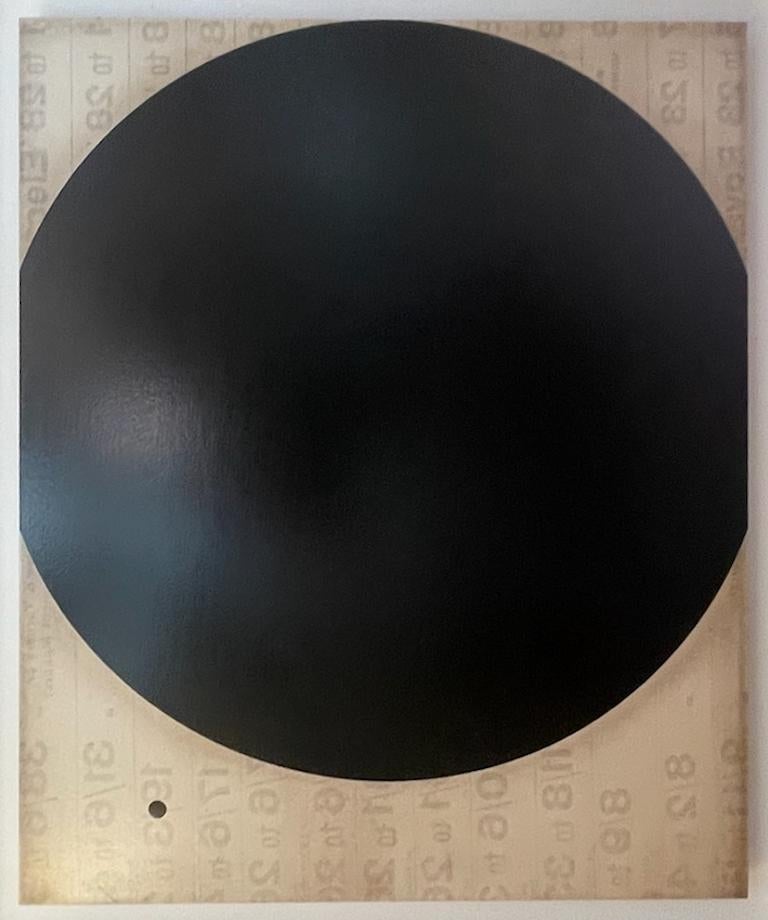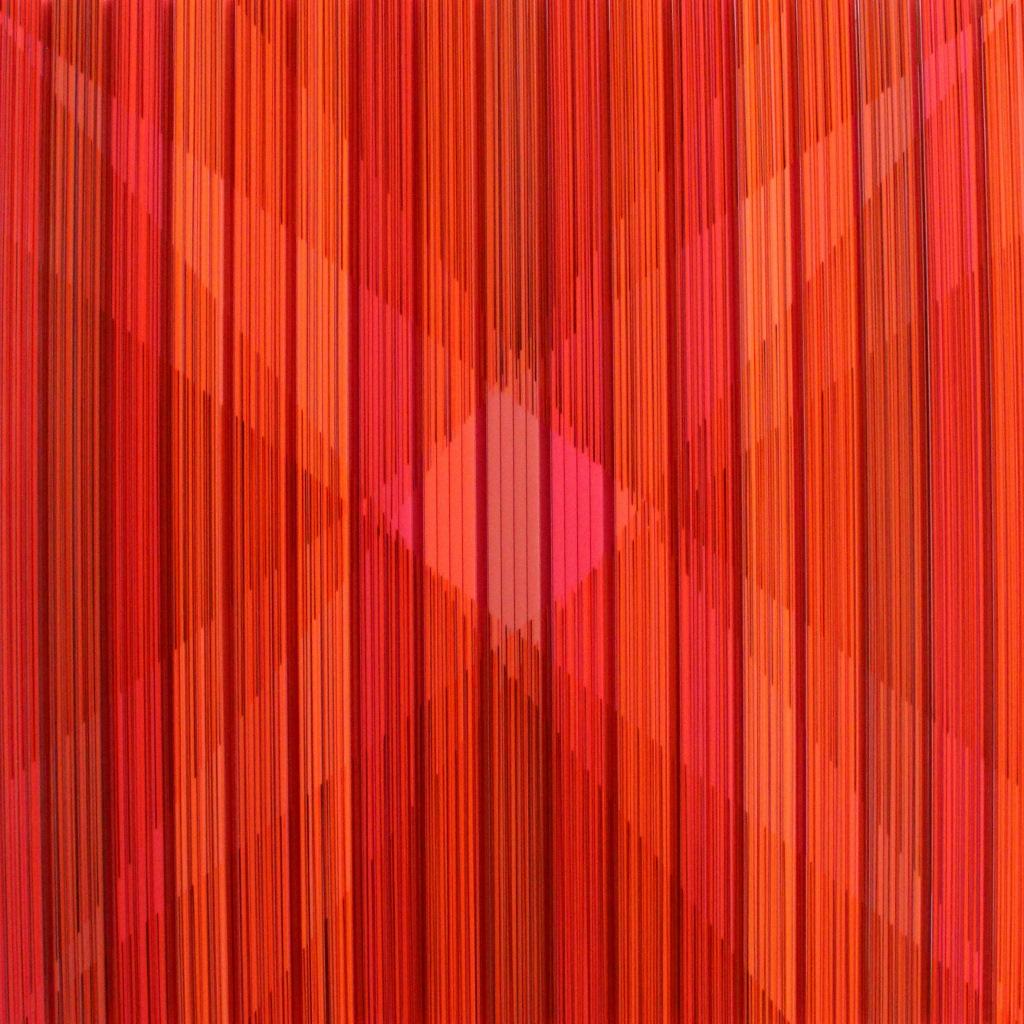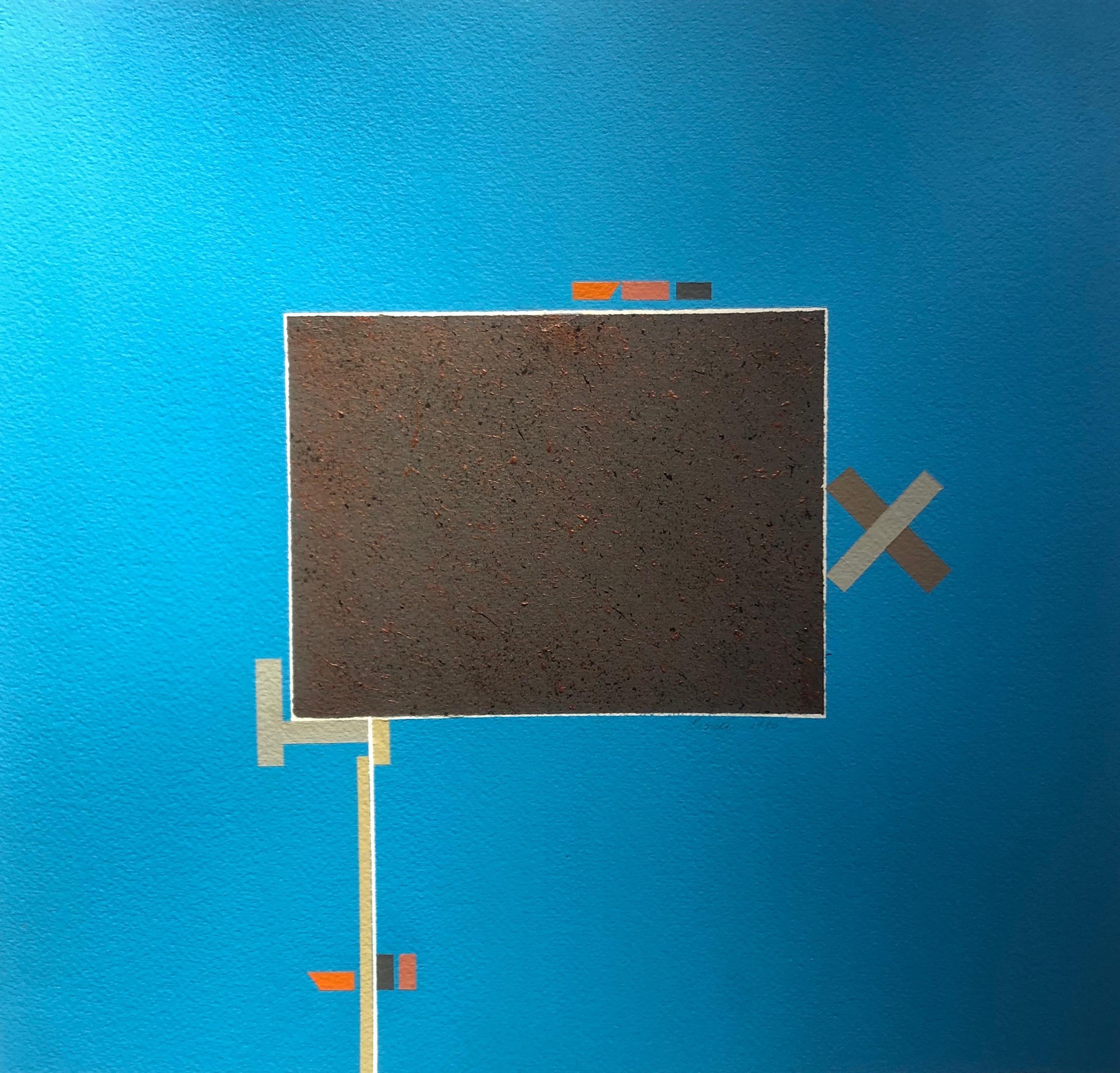Rolph ScarlettGeometric Composition
About the Item
- Creator:Rolph Scarlett (1891-1984, American)
- Dimensions:Height: 19.5 in (49.53 cm)Width: 26 in (66.04 cm)Depth: 1 in (2.54 cm)
- Medium:
- Movement & Style:
- Period:
- Condition:
- Gallery Location:Saratoga Springs, NY
- Reference Number:1stDibs: LU17026853652
Rolph Scarlett
Rolph Scarlett was a painter of geometric abstraction during the American avant-garde movement of the 1930s and 1940s. Scarlett was born in Guelph, Ontario, Canada in 1889, he left Canada at the age of 18 to go to New York City and returned to Canada during the years of World War I. However, by 1924, Scarlett had established New York City as his home. While he was beginning his career as an abstract painter, he was designing stage scenery for George Bernard Shaw's play, Man and Superman and the Rockettes at Radio City Music Hall. In 1939, while creating the Museum of Non-Objective Painting (later the Solomon R. Guggenheim Museum), Director Hilla Rebay began to take an interest in Scarlett's work. By 1940, he had become the new museum's chief lecturer. By 1953, the Guggenheim owned nearly 60 of his paintings and monoprints. Scarlett later became a resident of the Woodstock art colony for more than 25 years and showed his work in the Woodstock exhibits.
- ShippingRetrieving quote...Ships From: Saratoga Springs, NY
- Return PolicyA return for this item may be initiated within 3 days of delivery.
- Geometric AbstractBy Rolph ScarlettLocated in Saratoga Springs, NYSigned lower right. A major exponent of non-objective painting, Rolph Scarlett's career and artistic philosophy is closely linked with the early history of the Solomon R. Guggenhei...Category
1960s Abstract Geometric Abstract Paintings
MaterialsOil, Canvas
- Orange CircleBy Paul ReedLocated in Saratoga Springs, NYSigned & dated Verso. 1965 Paul Reed in 1970. He favored “staining” untreated canvas. Paul Reed, the last surviving member of the Washington Color School, who explored the complexities of color and form in vibrant bio-morphic and hard-edge abstract paintings, died on Sept. 26 at his home in Phoenix. He was 96. His death was confirmed by his daughter, Jean Reed Roberts. Mr. Reed acquired his public identity as an artist when he was included, along with Gene Davis, Kenneth Noland, Morris Louis, Thomas Downing and Howard Mehring, in “The Washington Color Painters,” a landmark traveling exhibition that began at the Washington Gallery of Modern Art in 1965. All of the other painters had been shown, the year before, in “Post-Painterly Abstraction,” a 31-artist exhibition at the Los Angeles County Museum of Art organized by the critic Clement Greenberg in an effort to write a new chapter in the historic march of abstract art. Like his fellow Washington artists, Mr. Reed rejected the hot, gestural approach of Abstract Expressionism and explored color and abstract forms in a cooler mode. Working with diluted acrylic paint, in discrete series that methodically explored formal issues, he created luminous fields of color by letting the paint bleed into, or stain, untreated canvas. “I have a saying: Pollock dripped, Frankenthaler poured,” he told The Washington Post in 2011, referring to the artist Helen Frankenthaler. “Morris Louis poured. Howard Mehring sprinkled. I blot.” In his first stained series, “Mandala,” color radiated from a circular central image. The nearly 100 paintings in his “Disk” series, which he called “a matrix for exploiting color,” consisted of a central circle and two triangles positioned at the corners of the canvas. Over the next decade he moved to hard-edge geometric zigzags and stripes in the vertical “Upstart” series, color grids and shaped canvases that allowed for more complex experiments in form and color relations. He also made welded steel sculptures and, in the “Quad” series of the 1980s, collaged photographs. “Reed was, in a sense, the ‘little master’ of that first batch of Washington colorists,” the critic Benjamin Forgey wrote in The Washington Post in 1997. “He was a latecomer — he didn’t turn seriously to painting until he was in his mid-30s — but he never considered becoming anything other than an abstract painter. And when he was ready to show, in his early 40s, he was a very good abstract painter indeed.” Mr. Reed gave himself a more modest assessment in an interview with NPR last year. “I’m sort of low man on the totem pole of that group of six,” he said. Paul Allen...Category
1960s Abstract Geometric Abstract Paintings
MaterialsCanvas, Oil
- CubesBy Erik JohnsenLocated in Saratoga Springs, NYSigned & dated 2020 lower right. His father nearly sold 5-year- old Erik Johnsen in 1965 for $600. What followed was a chaotic journey into beatings, sexual abuse and groundlessness...Category
21st Century and Contemporary Abstract Geometric Abstract Paintings
MaterialsAcrylic, Panel
- Geometric AbstractBy Rolph ScarlettLocated in Saratoga Springs, NYSigned lower left. About the artist: Rolph Scarlett was a painter of geometric abstraction during the American avant-garde movement of the 1930s and 1940s. Born in Guelph, Ontario,...Category
1960s Abstract Geometric Abstract Paintings
MaterialsCanvas, Oil
- AbstractBy Rolph ScarlettLocated in Saratoga Springs, NYSigned lower right and a double sided painting.Category
Mid-20th Century Abstract Expressionist Abstract Paintings
MaterialsOil, Board
- AbstractBy Harry NadlerLocated in Saratoga Springs, NYSinged verso. An abstract painter who lived in New York City; Amagansett, Long Island, and Albuquerque, New Mexico, Harry Nadler is described as a "formalist abstract painter of t...Category
Abstract Abstract Paintings
MaterialsArchival Paper, Mixed Media
- Daniel Brush Painting, 1973Located in Washington, DCPainting by Daniel Brush (1947-2022). Signed and dated 73'. Aquatec pigments, mediums and gels on board. Measures 60" x 10". Exhibited at the Phillips Collection, 1974 when Dan...Category
1970s Abstract Geometric Abstract Paintings
MaterialsMixed Media, Board
- Mimesis NoirBy Robert KellyLocated in New York, NY2012 Oil and mixed media on board 17 x 14 in. (43.2 x 35.6 cm) Signed and dated, verso FramedCategory
2010s Abstract Geometric Abstract Paintings
MaterialsMixed Media, Oil, Board
- Large Geometric Abstract Titled AfricanaLocated in Lake Worth Beach, FLAfricana Mid-Century Modern large and impressive mixed media, sand and oil on artist board. The painting is unsigned there is a small fragment of old paper label with number #21 titl...Category
1960s Abstract Geometric Abstract Paintings
MaterialsSandstone
- The Climbers, 1970. Geometric Abstract Parallel Projection.Ruskin School Oxford.Located in Sutton Poyntz, DorsetJohn Coverdale Newberry. English ( b.1934 ). The Climbers, 1970. Oil on Canvas Board. Signed. Image size 9.8 inches x 8.1 inches ( 25cm x 20.5cm ). Frame size 14.2 inches x 12.2 inc...Category
Mid-20th Century Abstract Geometric Abstract Paintings
MaterialsOil, Board
- Blast - red abstract geometric mixed media artwork, acrylic and polycarbonateBy Rachel WickremerLocated in London, GBRachel Wickremer is a Canterbury based painter known for her colourful work exploring the relationship between the maker and the prefabricated, she is...Category
2010s Abstract Geometric Mixed Media
MaterialsPlastic, Lacquer, Ink, Acrylic, Board
- TurqBy Carole EisnerLocated in New York, NYArtist Bio: Carole Eisner was born and raised in New York City and received a BFA from Syracuse University. She has had eight solo shows in New York City at David Findlay Gallery, E...Category
1980s Abstract Geometric Abstract Paintings
MaterialsPaper, Acrylic, Board





